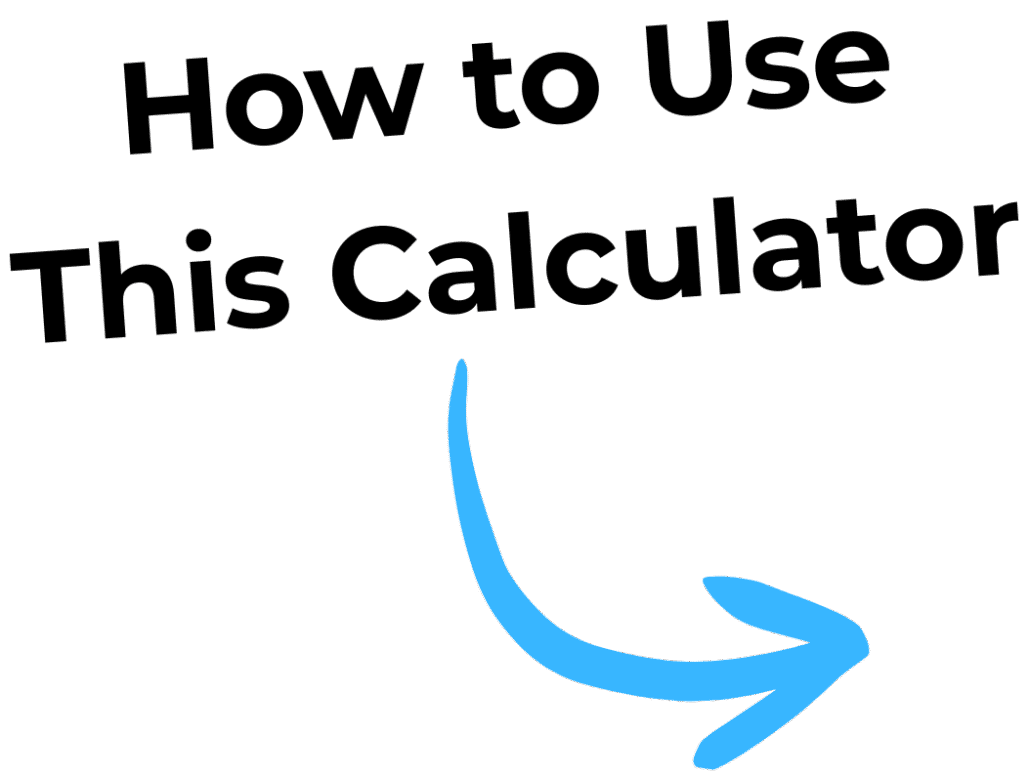Why a Refinance Creates More Debt
$
%
%
$
Remaining on current loan:
$0.00
Total of new loan:
$0.00
| Year | Interest | Principal | Ending Balance |
|---|
Difference:
$0.00
Calculator Disclaimer
The calculators provided on this website are for educational and estimation purposes only. Results are based on the information you enter and may not reflect actual loan terms, payments, or outcomes. Smart With Debt makes no guarantees as to accuracy or applicability and is not responsible for errors, omissions, or financial decisions made based on these results. Please consult with a qualified financial professional before making financial decisions.
Why a Cash-Out Refinance Might Be a Bad Idea
(And How This Calculator Proves It)
A Quick Reality Check
Before you jump into a refinance, take 30 seconds to run your numbers.
This calculator will show you what many lenders won’t say out loud:
If your current mortgage rate is lower than today’s rates, refinancing will almost always cost you more.
Even if you’re told, “Your monthly payment will drop,” the long-term math says otherwise.
This tool helps you see that math clearly — no sales pitch, just simple numbers.
What This Calculator Shows
This calculator compares your current mortgage to a new refinance with:
- No extra debt added
- No closing costs
- The same loan balance and term
You’ll instantly see how much more interest you’ll pay by trading (for example) your 4% loan (with 25 years left) for a new 6% loan.
Spoiler: It’s usually tens to hundreds of thousands of dollars more — and the only one winning is the salesperson who sold you on the refinance.
The Big Problem: Mixing Good Debt with Bad Debt
Your mortgage is good debt — it builds wealth and stability.
High-interest credit cards and personal loans are bad debt — they drain your money fast.
When you roll those high-cost debts into your low-rate mortgage, you don’t erase the problem — you stretch it out over 30 years.
That lower monthly payment might feel like a win, but it’s just a new, more expensive hole to dig out of.
That’s the lender’s trick: “Look at your lower payment!”
But you’ll pay for it with YEARS OF EXTRA DEBT.
Smarter, Simpler Options
Instead of a cash-out refinance, look at other choices that keep your mortgage intact and your total costs down:
- Fixed-Rate Home Equity Loan (HEL) – Low closing costs, shorter term, and separate from your mortgage.
- HELOC – Flexible and ideal if rates drop again later.
- Personal Loans or 0% Balance Transfers – Quick to obtain, low cost, and no home risk.
These tools let you reduce your cost of debt without touching your best loan — your mortgage.
Use This Calculator To:
- See the real cost of refinancing your home
- Compare different debt options with honest math
- Avoid paying thousands more than you need to
Ready to See the Truth?
Run your numbers and see what refinancing would really cost you.
Once you see it, you’ll understand why keeping your good debt separate from your bad debt is the smarter path forward.
What Your Results Mean
Now that you’ve run the numbers, you can clearly see how refinancing a lower-rate mortgage into a higher-rate one costs more — even without adding new debt.
It’s simple math: higher rate + longer term = more interest paid.
That’s why we always say — never mix your good debt with your bad debt.
Be smart with your debt, not buried by it.
Contact us with any questions you might have at info@smartwithdebt.com.
